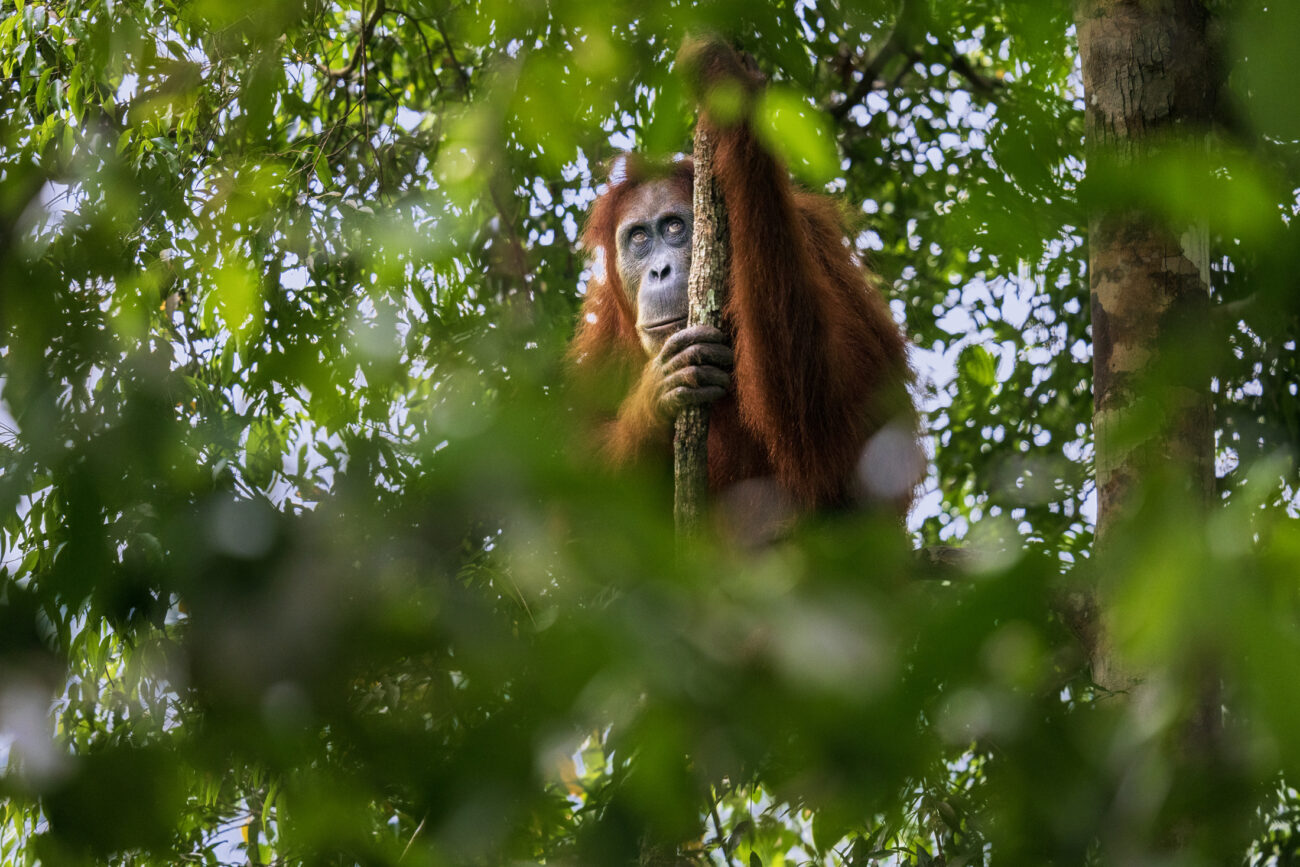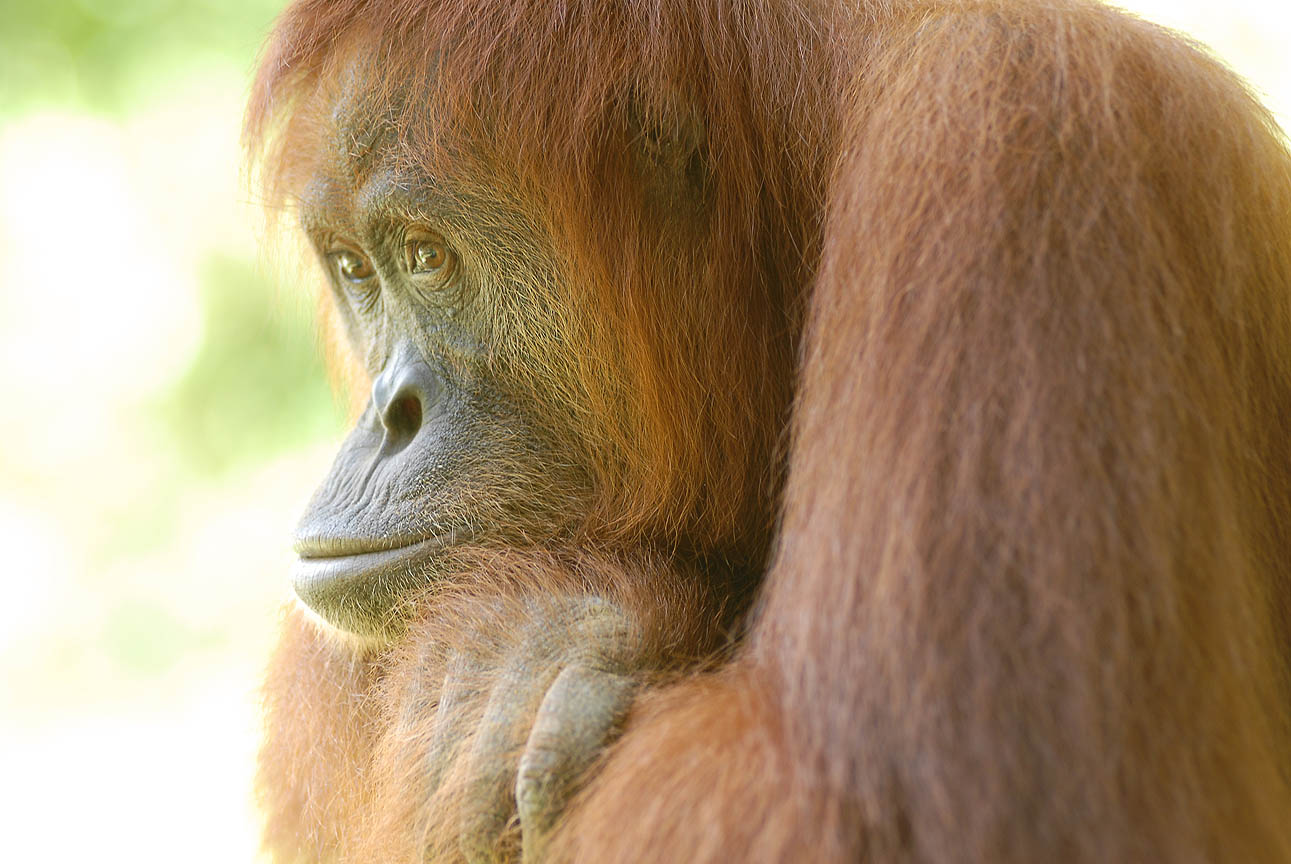
In a groundbreaking study published last week, researchers found that wild orangutans have complex vocal patterns, previously thought to be uniquely human. Sumatran orangutans are able to nest phrases within phrases, which is called recursion.
In language, recursion is the ability to embed structures (words or phrases) within other similar structures. This creates complex sentences with new meanings. The sentences aren’t just strings of words; they have nested phrases that relate to each other in a meaningful way.
For example, you might say “a big orangutan”. Then, “a big, wild orangutan”. Then “a big, wild, hairy orangutan”. Each word builds on the one before, and you can stack words to create a complex, layered structure. This skill was thought to be uniquely human. That was, until now.
Researchers analysed the vocal data of alarm calls in wild female orangutans. They found a rhythmic pattern, embedded across three levels. First, the orangutans strung together short sounds, to create a small sequence. Then, they combined these sequences into longer bouts. Then, the bouts were grouped into extended, rhythmic series.
This is an impressive example of recursion. The orangutans could stack vocal structures into a pattern, and change the rhythm based on which predator they saw. If they saw a tiger, it was rapid and urgent. But for a less direct threat, the calls were slow and irregular.
If recursion isn’t uniquely human, as once thought, then perhaps neither is the complexity of thought underneath! Orangutans are highly intelligent, gentle animals. They deserve protection in their own right. If you agree, please consider donating to SOS today.
You can help protect Sumatra's Orangutans. Click to get updates
